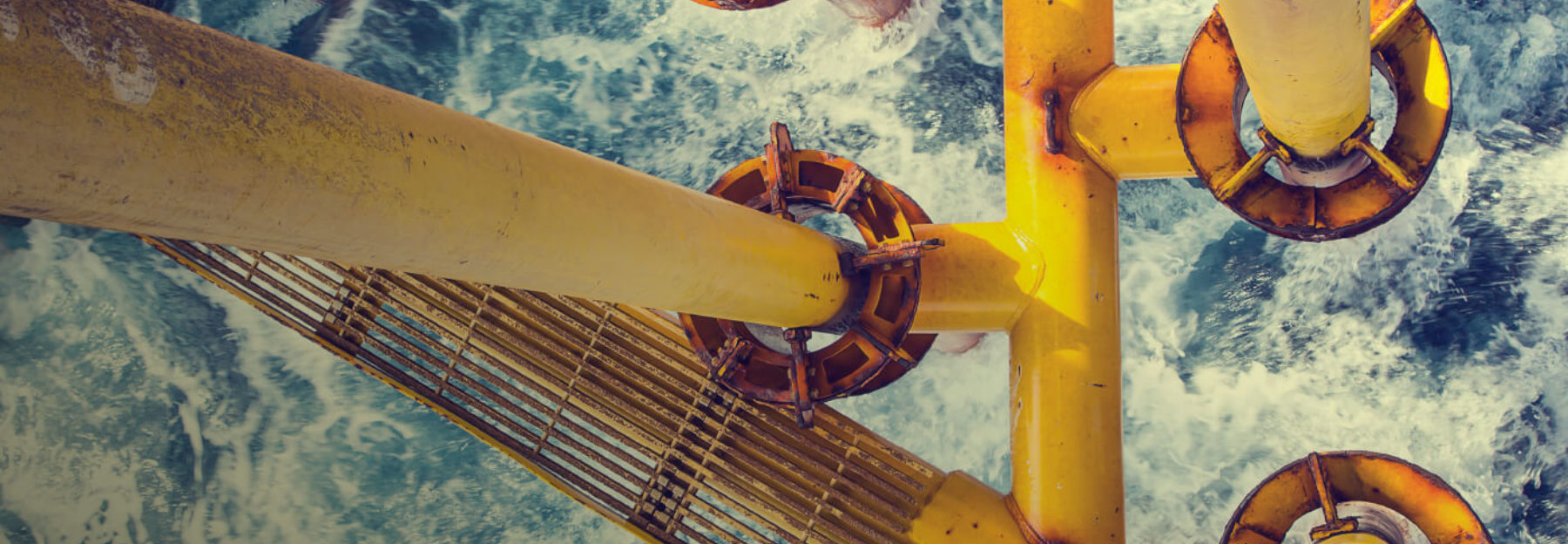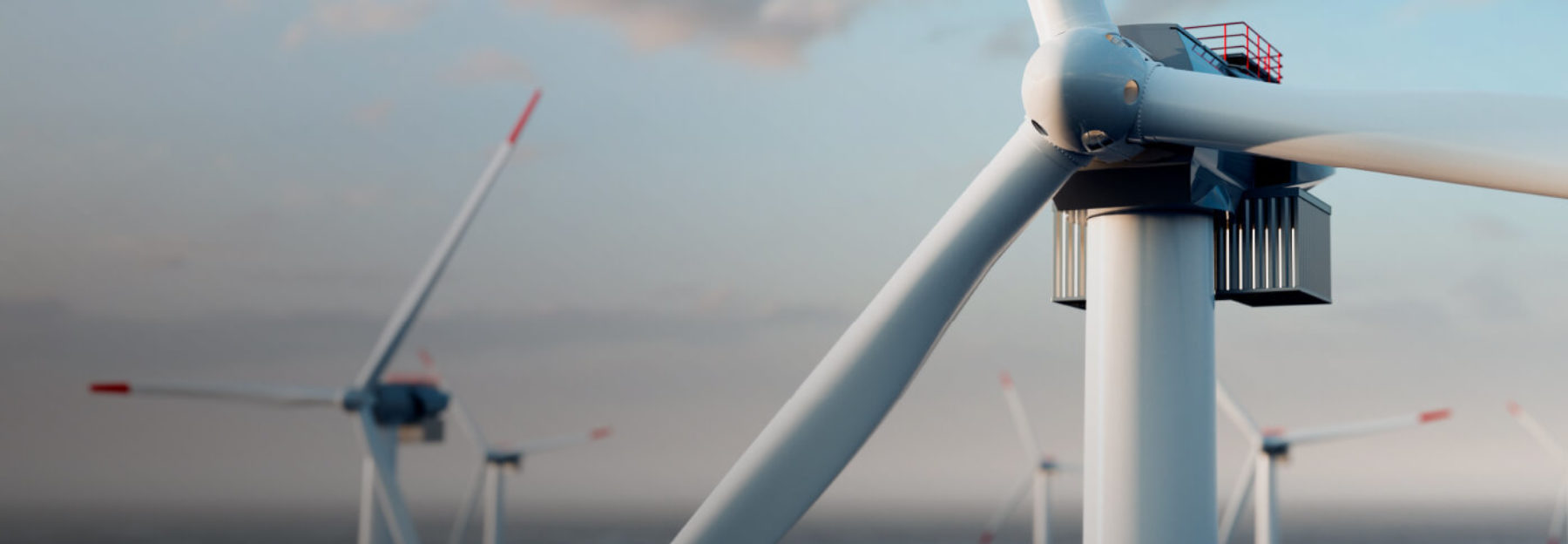Optimising Asset Management in Offshore Wind Farms
13 March 2024 — E&P - John Draper
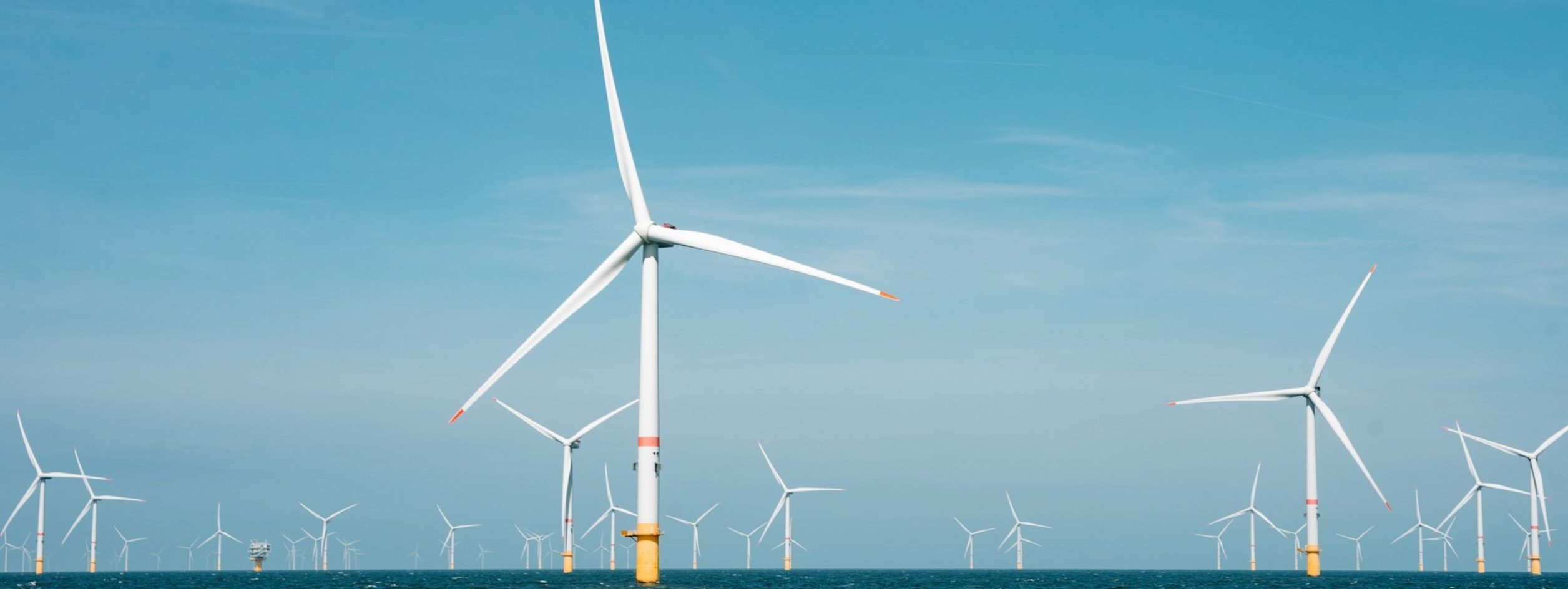
Good asset management can bring many benefits for offshore wind farm operators including improved production performance and reducing overall costs. However, despite these desirable gains, asset management best practice is not always followed. E&P’s Head of Renewables, John Draper, looks at the key drivers and challenges of poor asset management and the role of skilled people to enable offshore wind farm operators to optimise end-to-end performance and costs.
Offshore wind power generation is a high growth area in the renewable energy sector, and this is predicted to increase more than 10-fold over the next 10 years. This includes both fixed and floating offshore wind turbines. Key learnings from other parts of the energy industry are being utilised by operators to significantly reduce the LCOE (Levelised Cost of Energy), and much of the gains are coming from applying best practice in data and asset management.
The business impact of poor asset management
When it comes to effective data and asset management, all the required Asset Data should be gathered in a single Asset Register. This eliminates problems working with data silos where trends and information are inherently disconnected and decision making can be poor if based on outdated, incorrect, or inconsistent data inputs.
However, there is always the risk that the Asset register itself is being poorly managed. Does your Asset Register contain all your asset data? Does it include all your Control and Instrumentation assets? Does it also contain all your system testing equipment and calibration data?
According to industry figures, inspection and maintenance costs make up 32% of the total lifetime costs of an offshore wind farm. As defined by OEM and Operator’s Engineers, the actual work hours required to run a wind farm efficiently is relatively low, with the bulk of the work hours required to complete the inspection cycle.
Figure 1: Inspection & Maintenance Costs
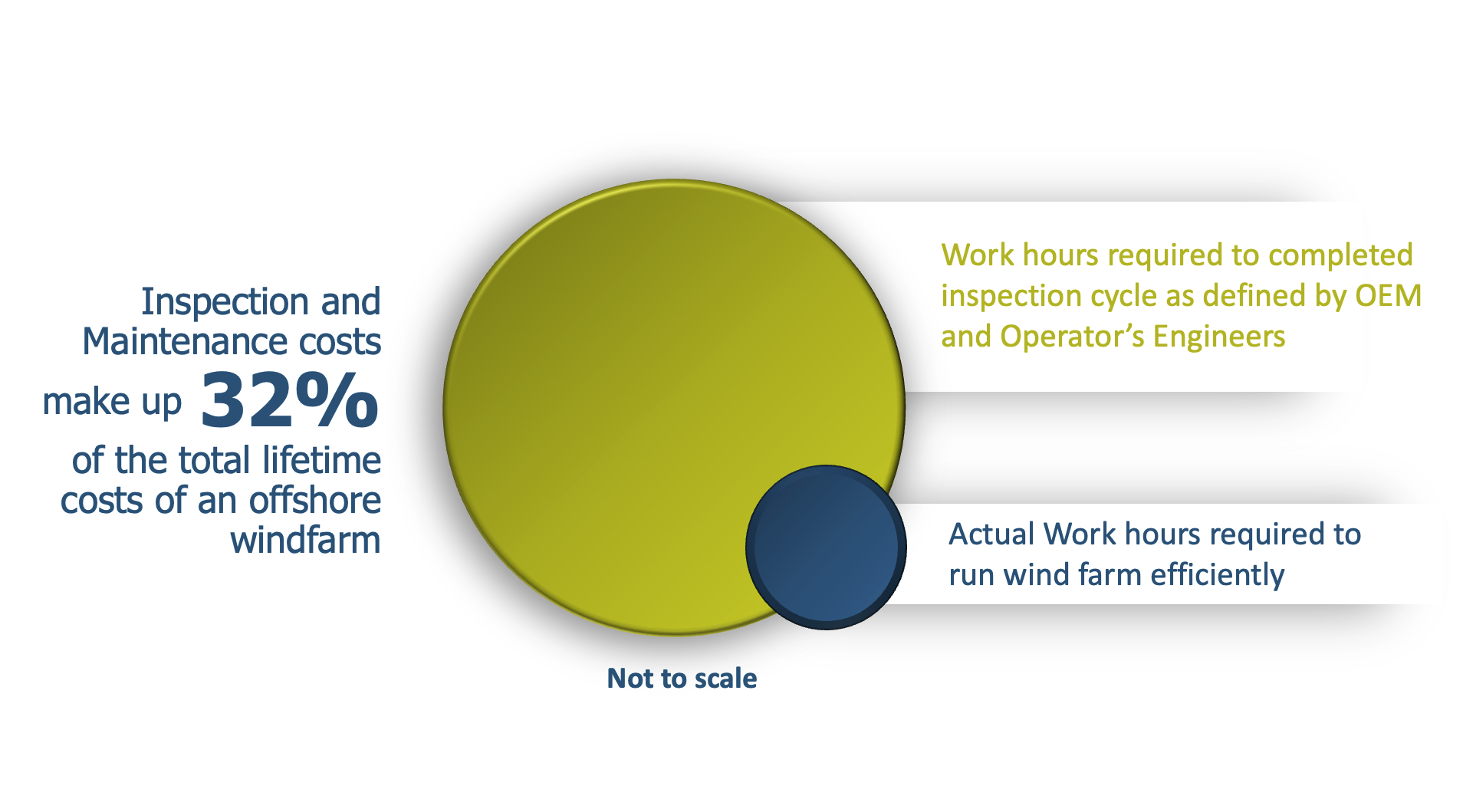
From harnessing drones to inspect wind turbine structures to using remotely operated vehicles (ROVs) to inspect and maintain structures within the subsea environment, digital technology is now an integral part of the energy industry. Looking for ways to optimise inspection and maintenance activities through digitalisation has the potential to bolster a wind farm’s profit potential.
Whilst advancements and increased application of digital technology is already bringing efficiencies, there is often a skills gap in the digital energy expertise required to take advantage of this. Knowing how to utilise digital technology for your offshore wind farm projects and gain value from this is as important as the technology itself.
Case Study – Turbine Bolts
One interesting study that demonstrates how digital technology and good asset management can bolster both operational performance and optimise costs, is the turbine bolts maintenance study by Cedric Vanden Haute and Timothée Pire.*
Currently, operators are spending a lot of time checking the tightness of bolts in a wind turbine. As there can be 1,000s of bolts per turbine, the maintenance of each bolt is typically done by a hydraulic device. Whilst all bolts are being tightened during each inspection and maintenance round, no data is recorded to identify which bolts are being tightened and which are not. As only a small number need tightening, the end-to-end inspection and maintenance rounds ultimately involve more work than necessary.
If only the necessary bolt tightening work is performed each time, wind farm operators could save an estimated £150Million per annum. This is a saving of 75% in bolt maintenance and repair.
In the study by Cedric Vanden Haute and Timothée Pire, of the bolts connecting the monopile to the Transition piece, the following was found:
- After 12 months 5% of bolts needed re-tightening
- After another 12 months only 3%
- After another 12 months only 1%
Since these are checked annually, it is concluded that operators are wasting up to ~97% of their maintenance time tightening bolts that are already tight.
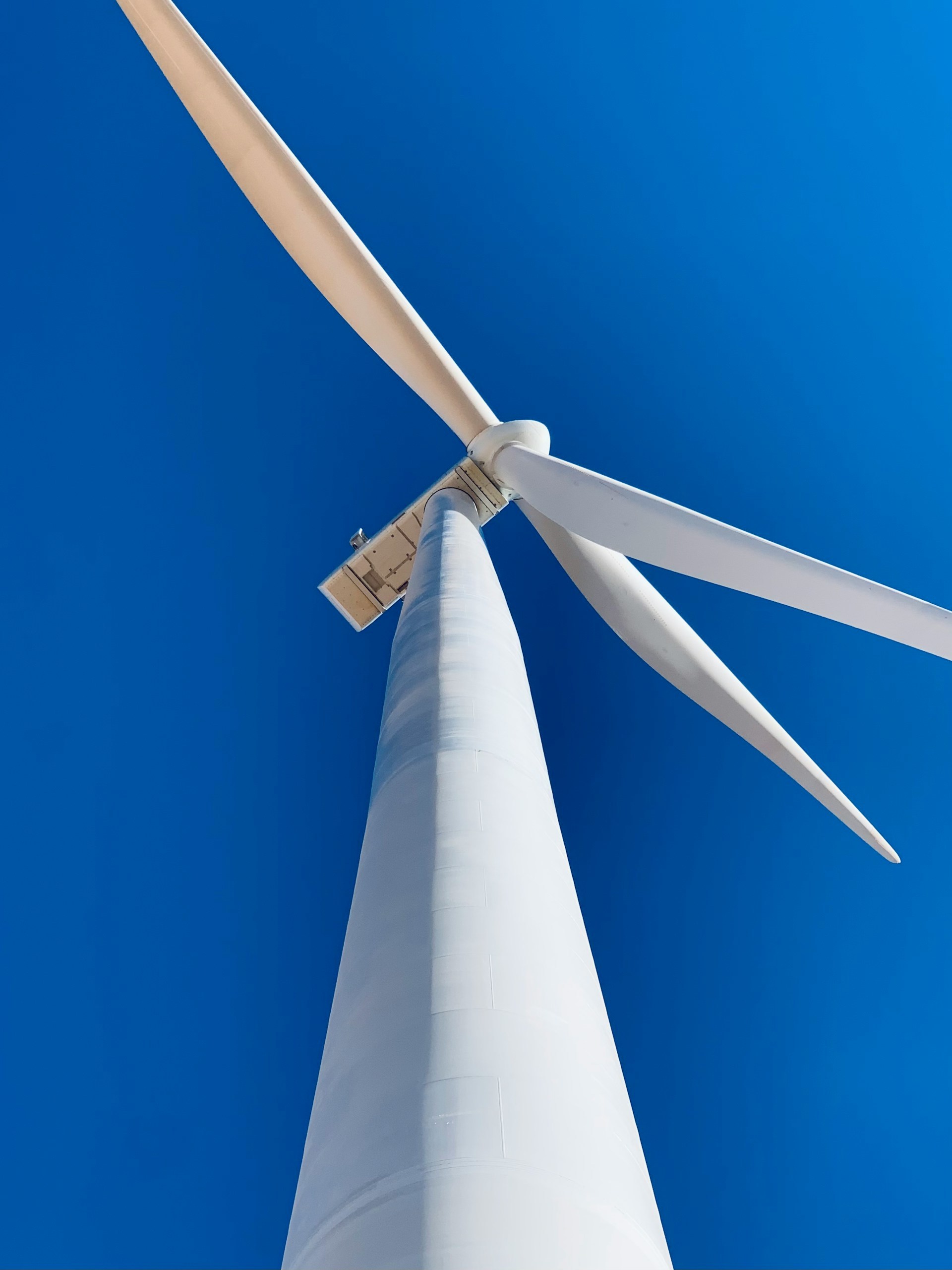
Using an electric bolt tightener will enable operators to identify which bolts are loose. However, to drive value, this data must be accurately recorded in the asset management system. This is often the point where the value is lost. Will this data be recorded manually, automatically, or by RFID per bolt?
Alternatively, we could measure the tightness first and then we could send the technician to tighten only the ones that need it. This would make inspection and maintenance of the bolts a 2-stage process:
1) Check for tightness with ultrasonic sensor, or by a visual identifier on each bolt as per Truck wheel nuts. This could be done by drone/crawler.
2) Technician tightens only the ones needed.
For effective asset management and to reduce your LCOE, operators need to ask two key questions:
1) Do we have the right process in place?
2) Do we have the right people to run the process efficiently and effectively?
Driving value from Asset Management best practice
Not surprisingly, how operators approach asset management for offshore wind farm projects will ultimately be determined by their size and budgets.
Existing/Smaller Operators tend to be smaller organisations that use several different software packages from smaller software providers. They are typically more flexible in the use of their processes to fit the software. They also have limited budget for customisation.
New/Larger Operators tend to be big organisations with an existing large stack of software applications. They typically have very large digital teams, so applications must fit enterprise architecture, digital security, design standards, etc. They know exactly what they want. They likely have budget for customisation and demanding quality standards. Historically smaller (and even larger) software companies can struggle to meet deadlines and quality for this operator group.
However, no matter the size of the operator, using the right digital domain expertise remains vital to ensure asset management best practice is followed in line with available software, team resource, and project budget. With more robust Asset Management and applied digital domain expertise, production processes will improve, and costs will be optimised.
Figure 2: The Full Picture for reduced LCOE
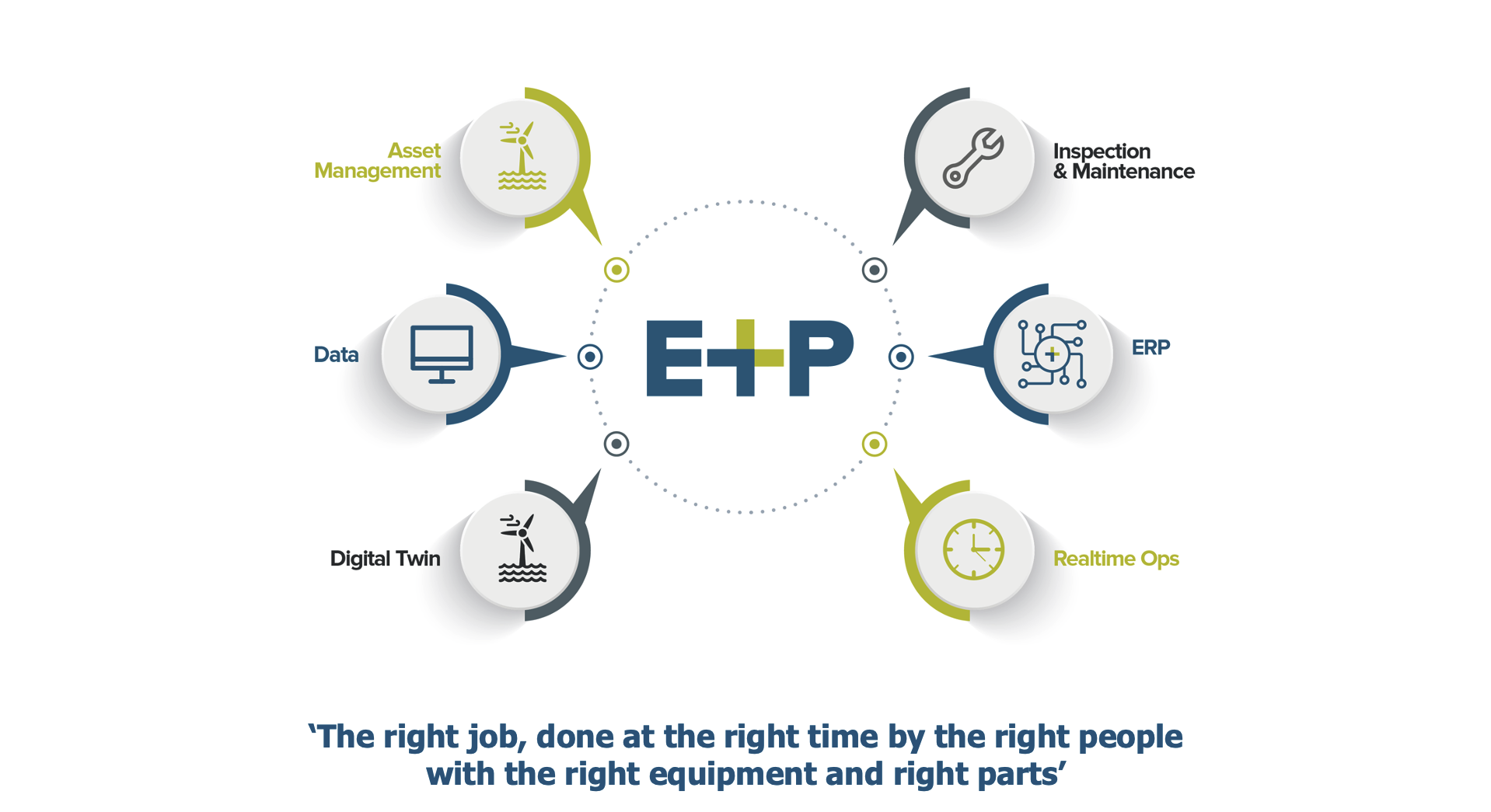
As a digital energy consulting firm active in this space, we combine our understanding of the energy industry and digital domain expertise to identify the right talent and solutions with accuracy and speed. Skilled digital energy consultants can then be seamlessly integrated into in-house project teams to provide expertise across a wide range of roles, helping operators to close critical digital skills gaps where needed.
Offshore wind farms currently require multiple systems to work together during the operations phase, and this is not likely to change as the sector evolves and matures. With each stage relying heavily on digitalisation and good data management, having the right digital domain expertise will continue to be critically important to enable offshore wind farm operators to optimise Asset Management and drive greater efficiency and value for their projects.
Author:
John Draper - Head of Renewables, E&P Consulting
John Draper is E&P's Head of Renewables, responsible for working with clients to help deliver their strategy and realise the benefits through deployment of new workflows and technology.
_____
Sources:
* Maintenance intervals for MP-TP bolted connections – A case study by Cedric Vanden Haute and Timothée Pire (Available online at: https://www.sciencedirect.com/science/article/pii/S2590123019300647)


